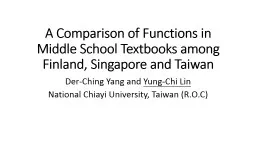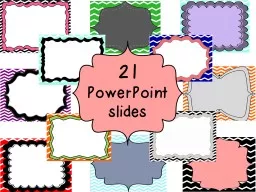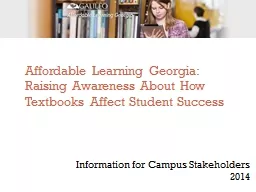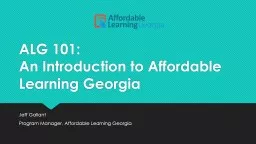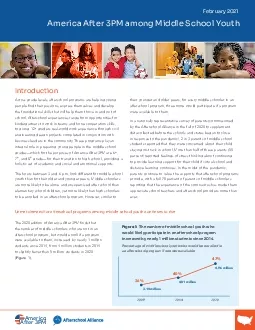PPT-A Comparison of Functions in Middle School Textbooks among
Author : pamella-moone | Published Date : 2017-01-16
Der Ching Yang and YungChi Lin National Chiayi University Taiwan ROC Purpose The purpose of this study was to examine the similarities and differences on the
Presentation Embed Code
Download Presentation
Download Presentation The PPT/PDF document "A Comparison of Functions in Middle Scho..." is the property of its rightful owner. Permission is granted to download and print the materials on this website for personal, non-commercial use only, and to display it on your personal computer provided you do not modify the materials and that you retain all copyright notices contained in the materials. By downloading content from our website, you accept the terms of this agreement.
A Comparison of Functions in Middle School Textbooks among: Transcript
Download Rules Of Document
"A Comparison of Functions in Middle School Textbooks among"The content belongs to its owner. You may download and print it for personal use, without modification, and keep all copyright notices. By downloading, you agree to these terms.
Related Documents

